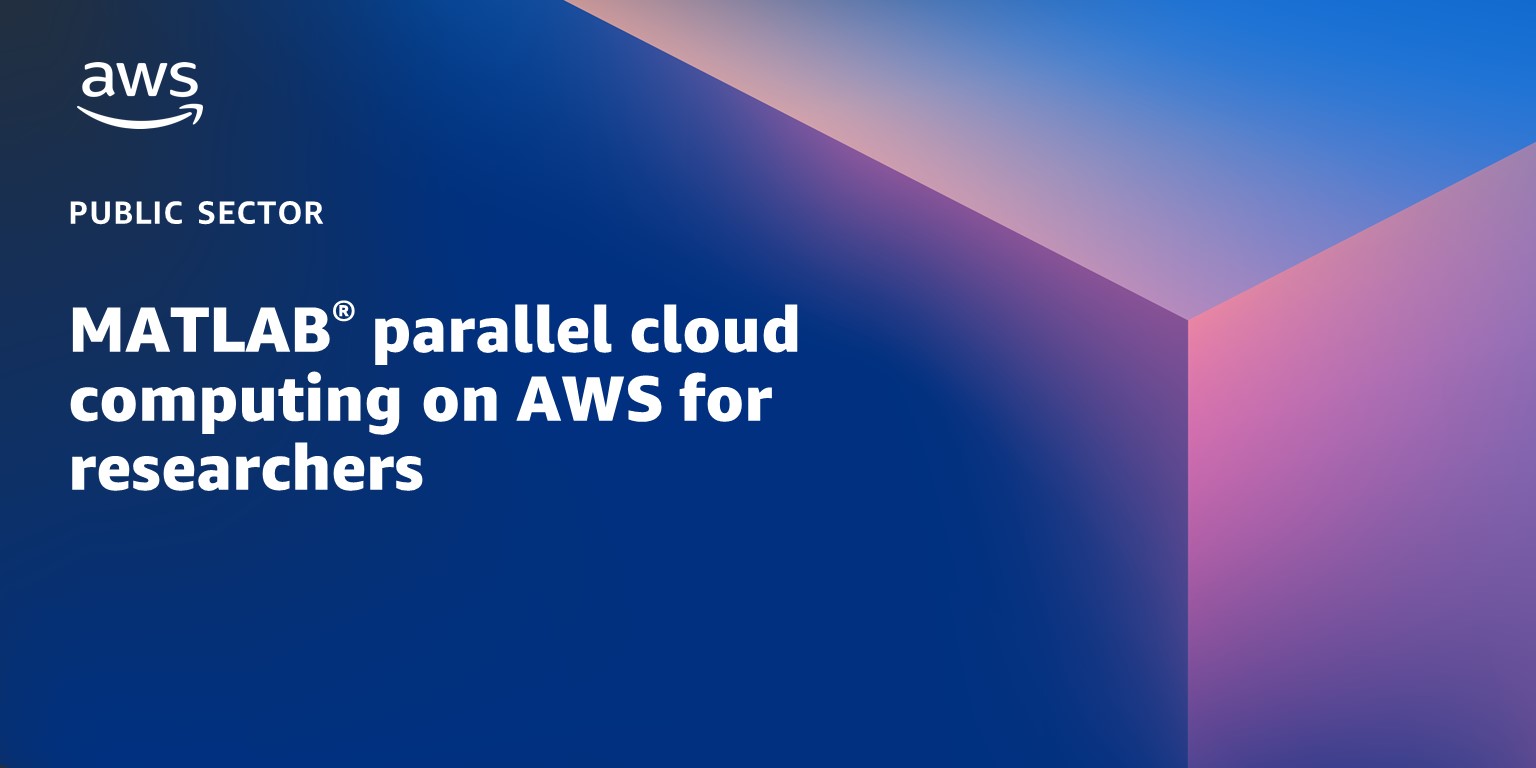AWS Public Sector Blog
Tag: technical computing
How to set up MATLAB parallel cloud computing on AWS for researchers
Many researchers use MATLAB® from MathWorks, a programming and numeric computing platform, to analyze data, develop algorithms, and create models. As a researcher, you can leverage AWS to expand available computational resources right from your desktop or laptop. In this blog post, we walk through how to integrate MathWorks Cloud Center with AWS in order to accelerate scientific computation and innovation.
Create a common operating picture for search and rescue at the edge with AWS
In a recent disaster response field testing exercise (FTX), the AWS Global Social Impact Solutions (GSI) team developed a prototype cloud architecture and tested it in a search and rescue (SAR) scenario simulating a missing responder crisis. This blog post walks through the SAR simulation and result, and provides an overview of the AWS services and technical architecture components the GSI team used to provide a hybrid edge/cloud COP solution that helped locate the missing team member in the simulated scenario within 20 minutes.
Preventing the next pandemic: How researchers analyze millions of genomic datasets with AWS
How do we avoid the next global pandemic? For researchers collaborating with the University of British Columbia Cloud Innovation Center (UBC CIC), the answer to that question lies in a massive library of genetic sequencing data. But there is a problem: the data library is so massive that traditional computing can’t comprehensively analyze or process it. So the UBC CIC team collaborated with computational virologists to create Serratus, an open-science viral discovery platform to transform the field of genomics—built on the massive computational power of the Amazon Web Services (AWS) Cloud.
How to set up Galaxy for research on AWS using Amazon Lightsail
Galaxy is a scientific workflow, data integration, and digital preservation platform that aims to make computational biology accessible to research scientists that do not have computer programming or systems administration experience. Although it was initially developed for genomics research, it is largely domain agnostic and is now used as a general bioinformatics workflow management system, running on everything from academic mainframes to personal computers. But researchers and organizations may worry about capacity and the accessibility of compute power for those with limited or restrictive budgets. In this blog post, we explain how to implement Galaxy on the cloud at a predictable cost within your research or grant budget with Amazon Lightsail.
How to put a supercomputer in the hands of every scientist
The AWS Cloud gives you access to virtually unlimited infrastructure suitable for high performance computing (HPC) workloads. With HPC, you can remove long queues and waiting times so you don’t have to choose availability over performance. In this technical guide, learn how to use AWS ParallelCluster to set up and manage an HPC cluster in a flexible, elastic, and repeatable way.
Unlocking Healthcare and Life Sciences Research with AWS
September 8, 2021: Amazon Elasticsearch Service has been renamed to Amazon OpenSearch Service. See details. From introductory material to in-depth architectures, the AWS Public Sector Summit featured sessions relevant to healthcare and life science researchers. The full set of session videos are located here, along with slides to match, but in this post, we will […]





